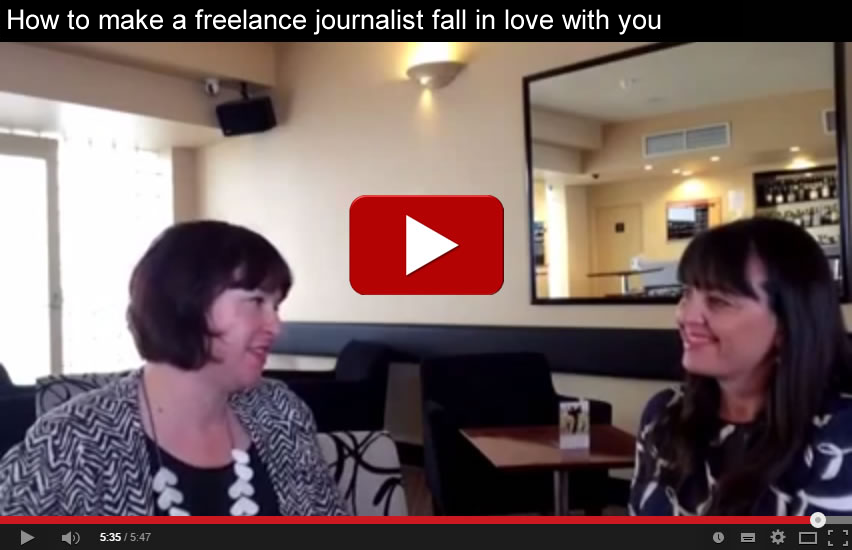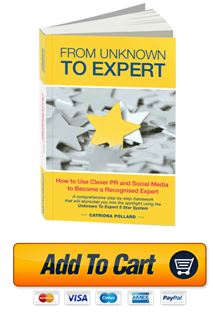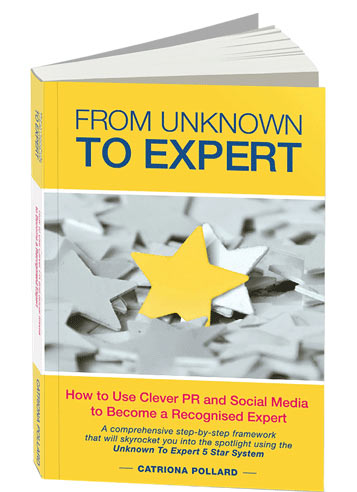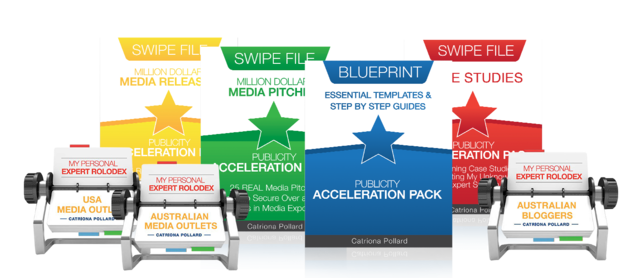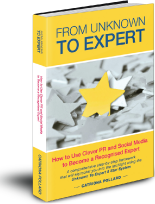I recently had the pleasure to speak with renowned freelance journalist Nina Hendy while I was in Hobart presenting a workshop on social media.
In this interview I ask her:
- What’s the difference between a freelance journalist and a staff journalist?
- What is an exclusive pitch and why do freelance journalists love them?
- What kinds of pitches really grab your attention and why?
- How are really great pitches structured and what do they contain?
- What happens next when you decide you like a pitch?
Watch the video below to view the whole interview.
Transcipt:
Catriona: Hi! I’m here with Nina Hendy, who is one of Australia’s most amazing freelance journalists and we have been talking on the phone for years and years and Nina has been interviewing me about PR and social media and I’m in Hobart and I finally get to meet Nina in real life which is exciting! Hi!
Nina: Hello!
Catriona: So while I have Nina here, I want to ask some questions around journalism.
Nina: I’m usually asking the questions.
Catriona: You’re usually asking the questions and I’m turning the table! So many people don’t really understand the difference between a freelance journalist and a staff journalist. So can you tell me the difference between the two?
Nina: Okay, Well when you’re working in house often you’ll feed stories you’ll also have to go out and find them. Freelance journalist have to rely on their relationships with PR’s. Probably more closely than in-house journalists. I always look after my PR’s really closely and make sure I communicate with them more efficiently and tell them whether I can use the story or not and whether I can use some of the information, have a really good database and information that’s coming in and stats that I can use somewhere else.
But, freelance journalists are really a brand unto themselves and they really need to foster those relationships, the good thing is often the good ones are in the ear of a handful of editors so good freelance journalists aren’t trying every week to find a story and try to find a place it somewhere madly.
We know what’s coming, we know this editor wants three things from us next week. We just have to find them. So we are literally out we’re looking for, really good content and really good pitches. But they need to be exclusive, we don’t want just want any other media release that you’re sending out to lots of other in-house journalists; it needs to be exclusive, otherwise they’ll cover it in-house.
Catriona: And so, when you say exclusive, what do you mean by exclusive? So somebody comes up with those specific ideas that they know you’re going to love and pitches it directly to you?
Nina: Yeah, they understand what you cover, that’s taken a little bit time to sort of look at what you cover, look at some of your recent stories and just even meeting up and say what is it that you love and what do you love to cover and who are the editors that you’re writing for? Often throughout my sort of 12 month calendar, I’ll usually write for the same let’s say eight editors for that 12 months and I really really look after them. My relationship with them is very important so I want to make sure I’m really looking after them and keeping my relationship with them strong.
So, you know often you’ll have “Yes, I want something from you. That’s not quite it, what else have you got for me?” You know one of them said to me last week, “We’re doing a series around property, what have you got about property?” So, that’s a bit left of field so, I have to go out and find things in different areas sometimes slightly you know not quite – he’s a finance editor normally and he now he wants property and that’s all fine.
Catriona: Yeah, great. So, if somebody wants to pitch a story to you, so an entrepreneur, somebody who wants to move from unknown to recognised expert and is using the media to do that, what is a great pitch for you?
Nina: Introduction on email is always the best. I do get a few LinkedIn, random people I’ve never heard of, wanting to connect and trying to pitch via LinkedIn. I think it’s a really good place to find the expert that you want to connect with, but then for a journalist like myself, I prefer for them to come to my website, have a look and actually pitch me via my email and then follow up with a phone call again if you like to, I’ll usually respond because I’m eager to foster relationships.
Catriona: And so, a story idea to you when you read that email, you would make a split decision like yes or no, that relates to me “Oh, I’m Interested” or “No, I’m not interested”. What are the ones that you look at and go “Yeah I’m totally interested and I want to speak to that person.” What kind of information does it contain and what’s the structure of it.
Nina: Yes, short is better. I don’t want to even read a media release I just want, “This person’s amazing and they’ve been doing this stuff. Here are some stats around their business.” Definitely some kind of statistical information to show how much they’ve grown over the last period of time. Editors want data to show for me in the pitch, to prove to them. It may not be even in a story always but it shows that you know for one of my editor’s in particular, they cover the higher end of town and the other one covers the lower end, so it helps me decipher where I should be pitching the story. The editors will come back and say “how big are they?”, so I need that information to know how to pitch.
Catriona: Yes, I’d like to ask when you’re reading it, you kind of have an idea about where you can potentially pitch it? Whether it’s from one of you know Smart Company or one of the other publications where you can, like where you know you can place it and what editor will be interested in it as well.
Nina: That’s right, so you just got to get that information in there quickly. Pics are always great. Freelancers are often relied upon at least for a case study to have a pic available and some really good ones and not something that’s been around for three years, something new and exciting and fresh that my editor hasn’t seen before and that is not in their archives already.
Catriona: Fantastic! Thank you so much for your time! It’s always so insightful!
Nina: That’s alright! Thank you.
Catriona: Thanks Nina!
Fast track your journey from unknown to a recognised expert and thought leader! Buy Catriona’s book From Unknown To Expert: How to use clever PR and social media to become a recognised expert. Accelerate your personal brand with the Unknown To Expert Acceleration Pack, packed with media lists, blogger lists, blog posts and media releases formats which have generated millions of dollars in coverage, more than 73 templates and so much more.

